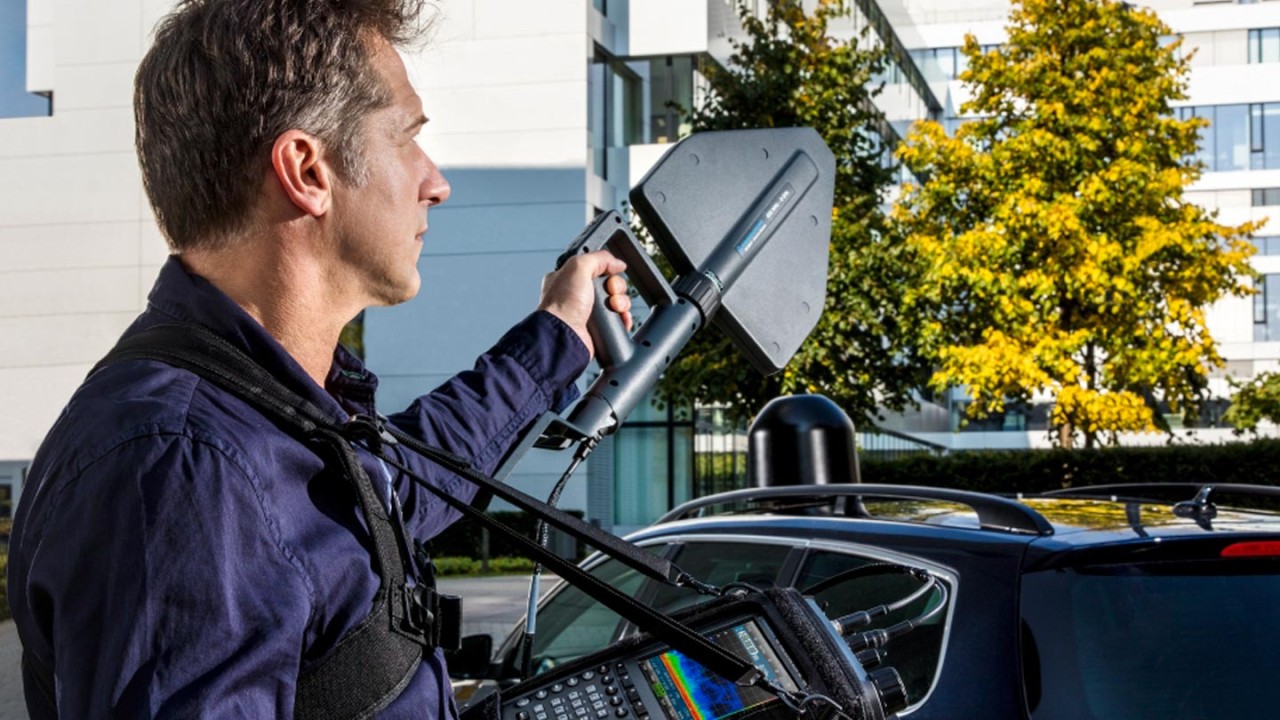Written by Yunuen Wagner | November 13, 2017
Interference can originate at the antenna system because of a broken filter or a defective antenna. Corroded connectors or a fence near the antenna generating can also cause interference. Signals from neighbor cells, when not properly optimized, behave like interference, just as networks interfering at country borders do. Finally, there is all the external, non-cellular interference, ranging from common electrical devices to BDA systems and illegal transmitters.
At the site, it is easy to determine the best-suited tools: cable and antenna analyzer in combination with a PIM analyzer. Interference from cellular networks can be quickly identified with scanners, test mobiles, and optimization tools.
What about external non-cellular interference? Again, it depends. Wideband, time-constant signals can be identified with a spectrum analyzer. Short, pulsed, intermittent, or superimposed signals may require a real-time receiver.
Interference hunting with automatic direction finding
What is the next step right after identifying an interferer? In our experience, it is closing in on the source within a range of 100 meters. With a relatively good line-of-sight, basic direction-finding can start with a spectrum analyzer, such as the R&S®Spectrum Rider FPH, a Yagi antenna, and a triangulation. The configuration is quite simple, and it does not require a significant investment. However, cities are usually non-line-of-sight scenarios, where emitter and receiver are surrounded by buildings blocking the direct path and generating reflections.
For these scenarios and because of the time pressure to locate and mitigate interference as fast as possible, it is possible to find tools that “guide” the user to the interferer from a moving vehicle: automatic direction finders. What is the technique behind automatic direction finders? And, more importantly, what is their impact in terms of successful location and time?
The combination of a spectrum analyzer, an omnidirectional antenna on the rooftop of the vehicle, and an analysis software means that radiolocation is based on the power-on-arrival (POA) method. As its name indicates, the location is estimated based on the measurement and the comparison of the received signal levels at different locations.
Non-line-of-sight environments, however, represent an obvious challenge to POA-based systems: in line with the distance to the emitter and the number of reflections, the RF levels vary. Even changes of amplitude on the desired (cellular) signal can affect the accuracy of the radiolocation. In the end, to get relatively accurate results, more measurement locations are needed, which results in more time driving around.
AOA-method for interference hunting in mobile networks
Real automatic direction finding – in the frequency range of mobile networks – is based on the angle-of-arrival (AOA) method and on the correlative interferometer principle: The phase angle differences between multiple antenna elements (usually a circular antenna array) are measured and compared to a known reference, generating a direction-finding (DF) result or bearing. As long as a minimum signal-to-noise ratio reaches the receiver, the radiolocation accuracy in AOA-based systems is not affected by RF power level fluctuations.
Actually, in multipath scenarios, the emitter location can be extracted from the phase information embedded in the wave field. Moreover, elevation can also be calculated based on the angle of arrival, giving the user a hint about the height (or floor) of the emitter.
This method is the basis for the DF configuration of R&S®PR200 portable monitoring receiver. The R&S®MobileLocator PC-based automatic radiolocation software processes up to 600 bearings per minute and applies sophisticated algorithms to keep only the relevant readings, resulting in high accuracy of the location and thus in less time to reach the target.
Finally, coming back to our first question: what is the right tool to be successful in the field? Still, it depends on the interference source. When we talk about automatic direction finding, we strongly recommend that you check the principle behind your system as it can really make a difference in whether you are guessing around or locating your target right away.











